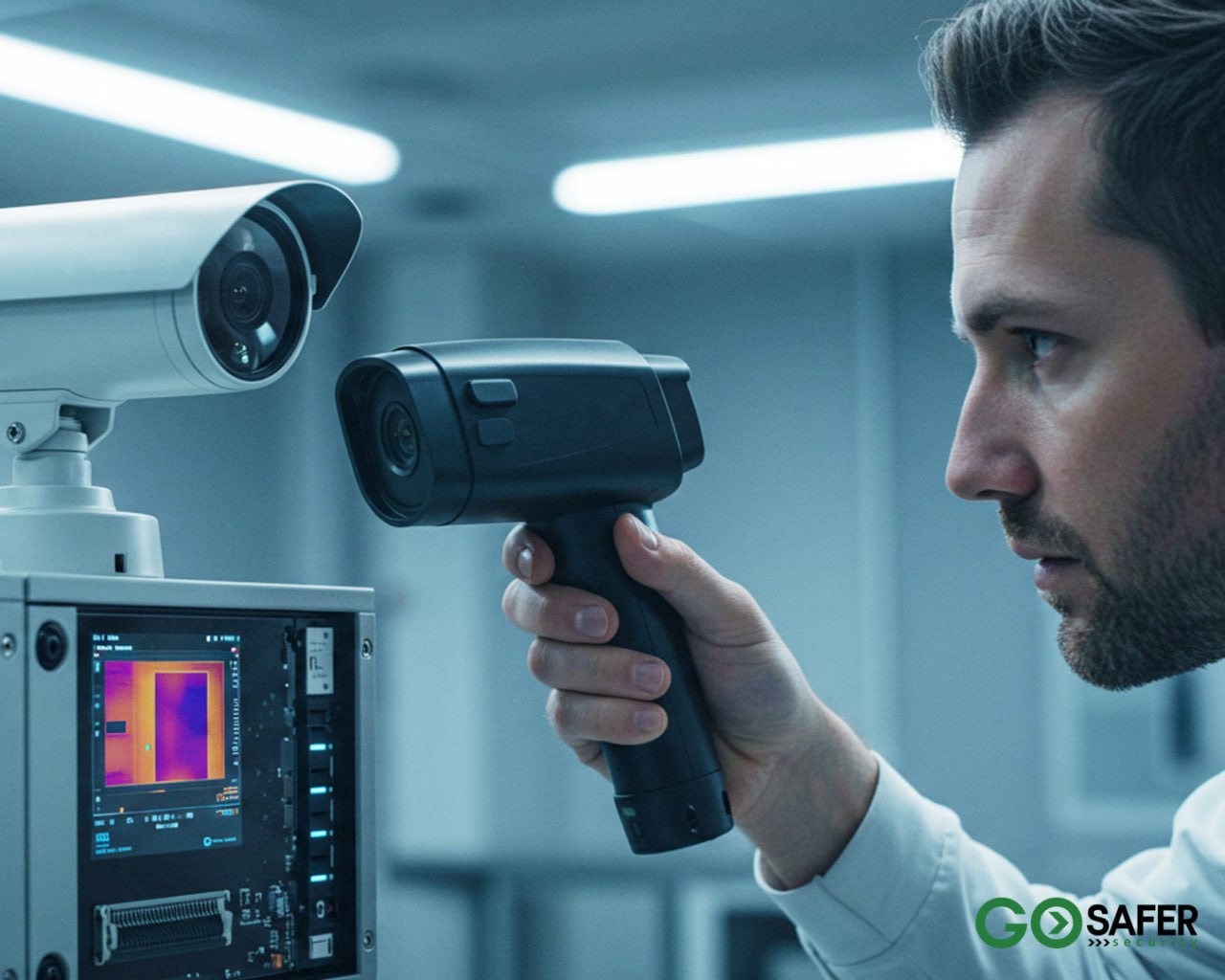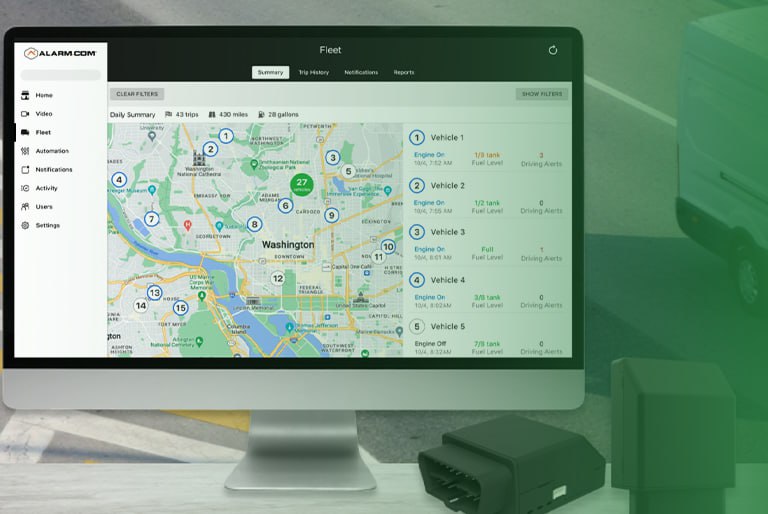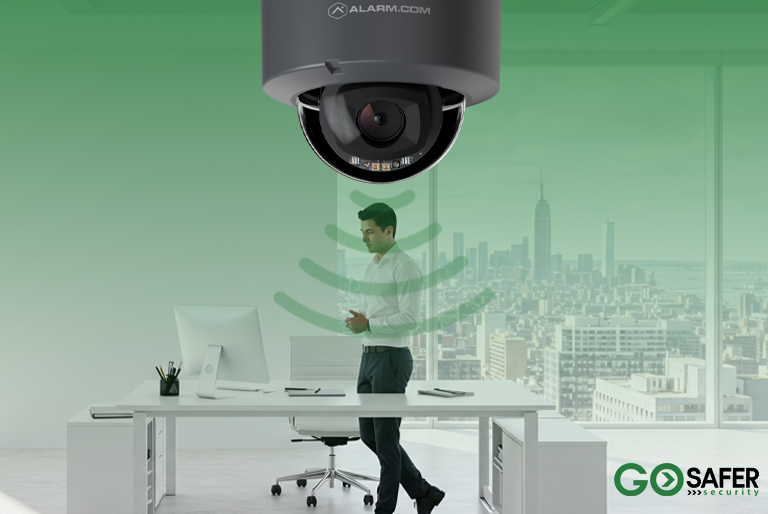Facial recognition is no longer confined to sci-fi movies or high-security facilities; it’s now entering the everyday workplace. From unlocking smartphones to checking in at the office, this technology has quickly become a powerful tool for enhancing convenience and safety.
But as adoption rises, so does concern. Is facial recognition an innovation that simplifies security or an invasion of privacy that threatens employee trust?
Let’s dive into both sides of this evolving debate.
Table of Contents
ToggleWhat Is Facial Recognition Technology?
Facial recognition is a form of biometric identification that analyzes facial features to verify an individual’s identity. It maps key points of the face, like the distance between the eyes or the shape of the jaw, and matches them with stored data.
In the workplace, it’s being used for everything from access control to time tracking. You can learn more about how biometric systems work in detail here: What is a biometric and face recognition system?
How Facial Recognition Fits Into Workplace Security
Modern offices are blending technology with safety through facial recognition and biometric systems. Unlike keycards or passwords, faces can’t be forgotten or shared, making this method more secure.
Paired with audio-video surveillance systems, it ensures that every person entering or leaving the building is identified and recorded, reducing the chance of unauthorized access.
The Innovative Side: Benefits of Facial Recognition at Work
1. Streamlined Access and Authentication
Facial recognition eliminates the need for ID cards, badges, or fingerprint scanners. Employees can enter secured areas within seconds, creating a seamless flow while maintaining security.
2. Improved Attendance Management
Companies can now automate attendance and payroll systems without relying on manual check-ins. The result? Reduced time theft, accurate records, and more productive workflows.
3. Enhanced Security
By identifying individuals in real time, it reduces the risk of unauthorized entry and ensures sensitive areas remain protected.
Enhanced Access Control and Safety
Security threats, whether physical or digital, are constant concerns for businesses. With facial recognition integrated into audio-video surveillance systems, companies can monitor live footage, detect suspicious behavior, and immediately alert security teams.
This proactive approach ensures that security measures are both preventive and responsive.
Boosting Workplace Efficiency
Beyond enhancing security, it also streamlines administrative tasks. Timekeeping becomes automated, reducing the burden of manual data entry for HR teams.
It also enhances productivity by ensuring accountability; employees know their attendance and activities are accurately recorded without intrusive oversight.
Integrating Facial Recognition with Commercial Security Systems
Many organizations are now integrating facial recognition with their commercial security solutions. This unified system provides end-to-end protection from entry control to real-time monitoring, helping businesses safeguard assets, staff, and confidential data.
The Other Side of the Coin: Privacy and Ethical Concerns
As advanced as this technology is, it comes with ethical baggage. Critics argue that constant facial scanning feels intrusive and may erode trust between employees and management.
Questions arise such as:
- Who owns the facial data?
- How long is it stored?
- Can it be used beyond workplace verification?
Without clear answers, employees may perceive surveillance as invasive rather than protective.
Legal and Ethical Implications
Different countries have varying laws regarding biometric data. In the U.S., some states require written consent before collecting facial data. The European Union’s GDPR treats it as sensitive information, requiring strict compliance in collection and storage.
Businesses adopting facial recognition must ensure transparency and legal compliance to avoid potential lawsuits and reputational damage.
The Risk of Data Misuse
No technology is immune to misuse. Cybersecurity risks arise when storing facial data, as improperly secured systems could allow hackers to access sensitive information.
Strong encryption, access control, and regular audits are vital to maintaining trust and protecting data integrity.
Employee Perspective: Feeling Watched or Protected?
While employers see facial recognition as an efficiency tool, employees may view it as a surveillance tactic. The psychological impact of “being watched” can affect morale, productivity, and trust.
Transparency is the key to bridging this gap. Companies must clearly explain how the technology benefits employees and safeguards their privacy.
Building a Responsible Implementation Strategy
Ethical adoption starts with informed consent. Employers should communicate how data is used, who can access it, and how it’s protected. Policies must be updated regularly, ensuring they align with both technological changes and employee rights.
Facial Recognition and AI Bias
Facial recognition systems have faced criticism for algorithmic bias, sometimes misidentifying individuals based on gender or ethnicity. To combat this, businesses should use inclusive datasets and partner with vendors committed to ethical AI development.
Best Practices for Businesses Using Facial Recognition
- Obtain written consent from all employees.
- Use encrypted storage and strong authentication protocols.
- Limit data access to authorized personnel only.
- Conduct regular audits and compliance checks.
- Collaborate with trusted security providers for installation and maintenance.
The Future of Facial Recognition in Workplaces
As AI continues to evolve, facial recognition will likely become more accurate, ethical, and integrated into daily operations. The focus for 2026 and beyond will be balance, embracing innovation while respecting privacy and individual rights.
When implemented responsibly, this technology can redefine workplace security without crossing ethical boundaries.
Conclusion
Facial recognition in the workplace presents a complex issue. It offers unparalleled convenience and security yet raises legitimate concerns about privacy and data protection.
The key lies in responsible adoption, ensuring transparency, compliance, and fairness. When used ethically, facial recognition can indeed be an innovation, not an invasion.
FAQs
1. What are the main benefits of facial recognition at work?
It improves security, streamlines attendance tracking, and enhances workplace efficiency.
2. Can facial recognition data be misused?
Yes, without proper encryption and consent policies, data breaches can occur—making secure systems vital.
3. Is facial recognition legal in workplaces?
It depends on regional laws. Always ensure compliance with data protection regulations like GDPR or local biometric laws.
4. How can employers address privacy concerns?
By being transparent, limiting data access, and obtaining written consent from employees.
5. Is facial recognition technology biased?
Some systems have shown bias in accuracy across demographics. Ethical companies should use fair datasets and audit algorithms regularly.







